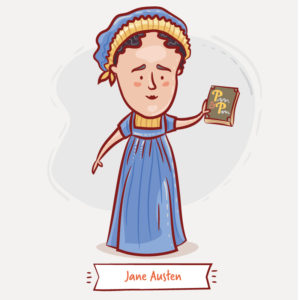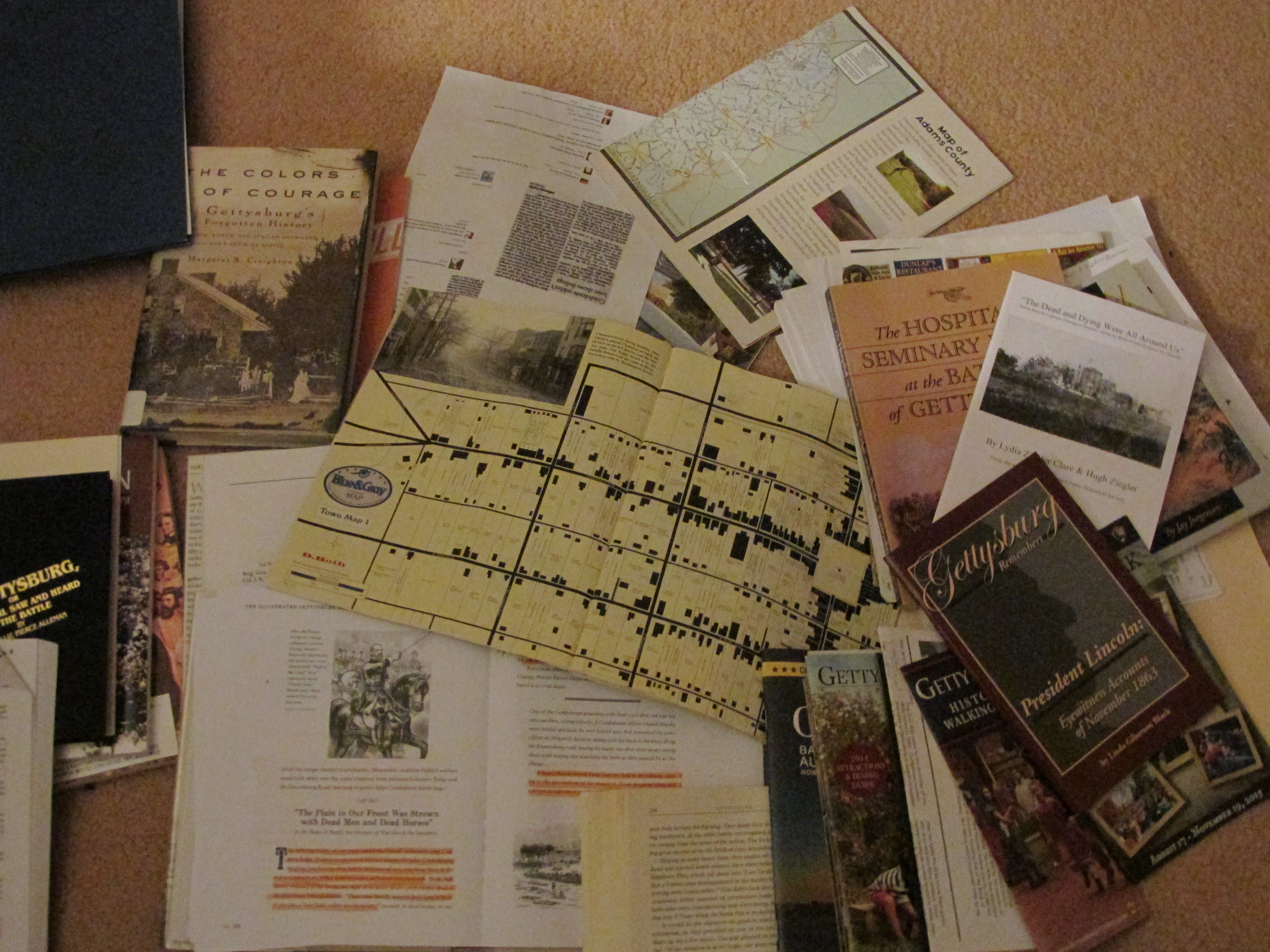Jane Austen created some of the most memorable characters ever printed on paper. Without doubt, she is one of the best known and extensively read novelists in the English language. Her work has been discussed in literary circles, taught at universities, and credited with developing the modern novel art form.
Jane was an author with acute powers of observation, always alert to human strengths and foibles (she gave this trait to many of her characters too!). One thing she observed, and uses in her writing, is our innate, survival-based need to judge others quickly and by our own standards.
She used our mistaken judgments of others to expertly show us that people often aren’t as they appear. She exploited our snap and faulty first impressions to create archetypes that are anything but cliché.

How often do you form an impression of someone before you get to know them?
According to Psychology Today, out brains are wired to make unconscious judgements about others behaviors. Without realizing it, we make automatic decisions on a person’s moral character, sociability, and competency.
I’m sure they trace all that back to our primordial tribal muck.
But for now, with the craft of writing in mind, look at these examples from Jane’s famous work, Pride and Prejudice.
George Wickham, a lieutenant in the army militia quartered near Elizabeth Bennet’s home of Longbourn, had a pretty face and exquisite charm. He had all the women in the village of Meryton swooning (as well as the female reader) until we gathered more information about our good-looking and charismatic cad. We soon realized he had no scruples and was a master manipulator. He was willing to twist the truth to ruin a woman’s reputation or disparage a former benefactor for his own self-serving profit or revenge.
But George Wickham wasn’t the only one we all misjudged.
Fitzwilliam Darcy. His hard, rude, proud exterior, and the lies Mr. Wickham told about him, resulted in Elizabeth Bennet telling him she would not marry him if he were the last man on earth. And we all cheered her on. Yet, he becomes one of the most iconic romantic heroes of all time, operating within a strict code of behavior, and displaying courage, integrity, passion, caring, and devotion.
Awareness of the natural process of judging others can be exploited in Historical Fiction.
Look for negative and positive traits in the people you are researching to write about or add them to characters you are creating from scratch. Introduce them as something other than they truly are. Make your good character do something bad or your bad character do something good. Then surprise your reader by gradually transforming them by showing their true nature in their choices and behavior.
In Pride and Prejudice, protagonist Elizabeth Bennet realized her early judgments were flawed and prejudiced. Jane Austen’s readers had to admit that too. That’s why I say, “Well done, Jane Austen!”

K. D. Holmberg is an author, blogger, and freelance writer. She is a member of ACFW, Word Weavers International, and a founding member of the Jerry Jenkins Writers Guild. She is represented by Hartline Literary Agency. A retired flight attendant, she has traveled and lived all over the globe. She and her husband, Keith, love to golf and live in South Carolina. You can find more about her: Facebook @authorkdholmberg, twitter @kdeniseholmberg, and kdeniseholmberg.blogspot.com



 We love helping your growing in your writing career.
We love helping your growing in your writing career.

No Comments